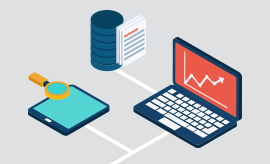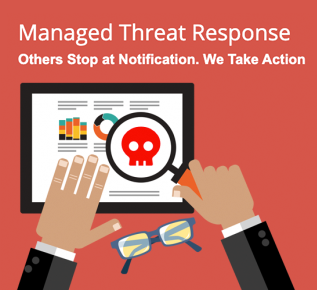How to Identify an Email Scam in 10 Seconds or Less
Your inbox is a potential ticking time bomb of email phishing scams.
![]() Every time you open an email you run the risk of losing:
Every time you open an email you run the risk of losing:
- Your passwords
- Your hard-earned money
- Your identity
- Your job
- Your reputation
Email phishing scams change daily. Are you prepared?
Unless you’re in the business of internet security or have invested hours on educating yourself in this area, you have an excellent chance of falling victim to an email phishing scams.
Fortunately, if you’re aware of the presence of these scams, and armed with some basic knowledge on identifying phishing email, you can greatly reduce your chances of becoming a victim.
 Using the checklist below, learn how to quickly identify potential email phishing scams.
Using the checklist below, learn how to quickly identify potential email phishing scams.
If you answer yes to any of the following questions, the email you just opened may well be a scam.
Is the email from someone you do not know personally, or communicate with normally?
Is the person (known or not) asking for something unusual, issues related to an online account or password, or otherwise acting out of character?
Is the sender’s email address from a suspicious sounding domain? (i.e. @micro-softsupport.com, @paypal-security.net)
Were you CC’ed on an email with some other people you do not know?
Does the subject line seem irrelevant, not make sense, or not match the content of the email?
Is the email a reply to a message you never sent?
Did the email come at an odd time, like 2:00 am?
Is the sender asking you to click on a link or open an attachment?
Does the email contain a .zip or other executable file?
When you hover over any links within the email, does it show a different link than what is contained within the body of the email?
Does the email contain a link, but no other information?
Is the link to a well-known website, but spelled incorrectly and somewhat suspicious looking? (i.e., paypal.paymentsnow.com, bankofamericacom.net)
Is the sender stating something bad will happen if you do not click the link, or that there is extreme value in clicking the link?
Does the email contain poor grammar or spelling mistakes?
Is the sender warning you that they found inappropriate content or images of you online?
Is your gut or “Spidey Sense” trying to tell you something…
Once you have gone through the checklist, and if you feel the email is a phishing attempt, delete the email right away.
 If you think the email is legitimate, but you’re still concerned, then follow these steps:
If you think the email is legitimate, but you’re still concerned, then follow these steps:
- Do a Google search for the company name that the email has come from.
- Visit their website and look for a phone number or email address.
- Call or email the business and ask them to verify the information within the email.
- If you know the sender, call the person and confirm they sent the email
Most of us know someone who is vulnerable to these types of attacks. Please help them by sharing this information on Facebook or Twitter.



